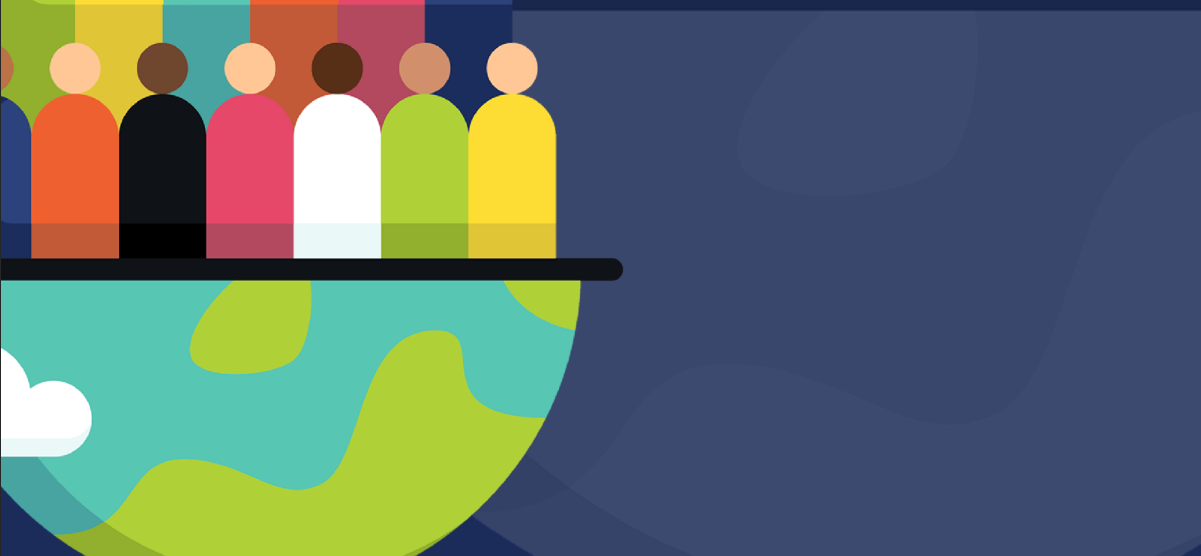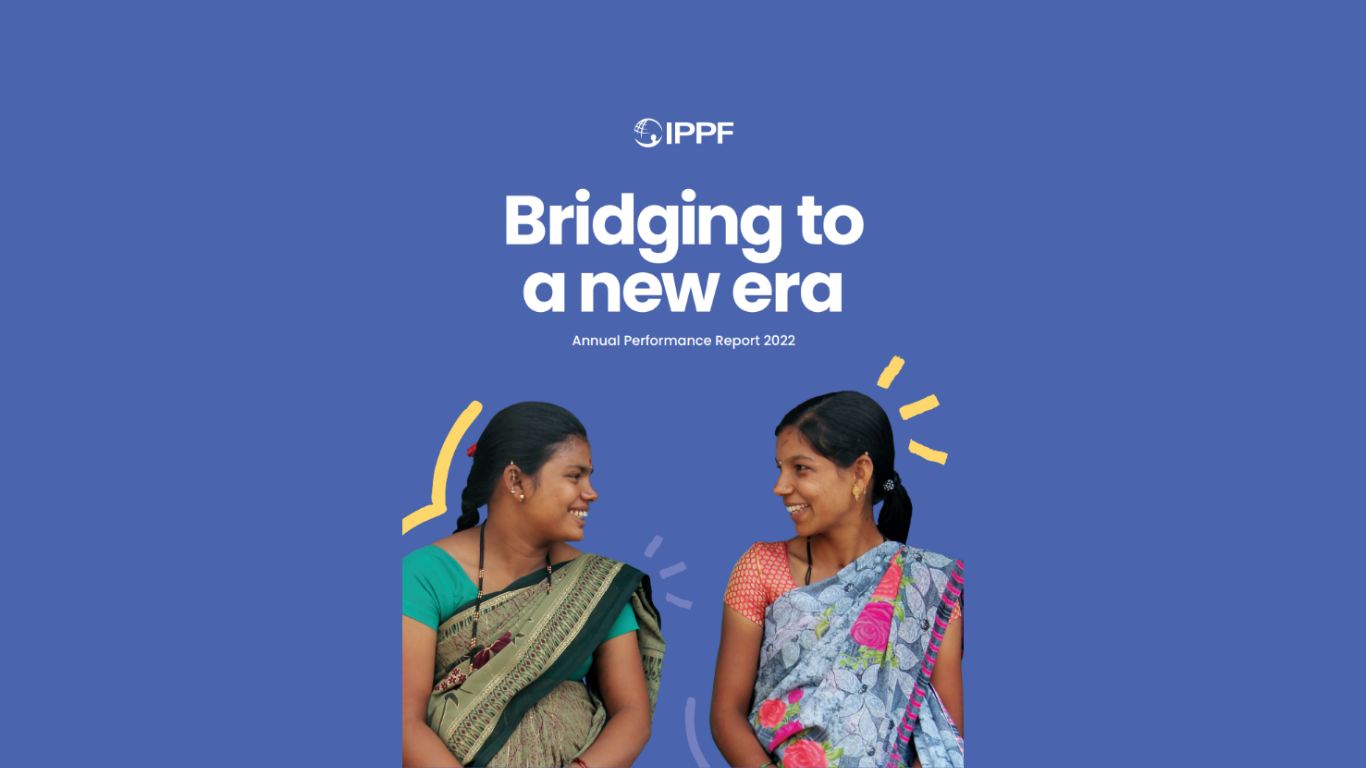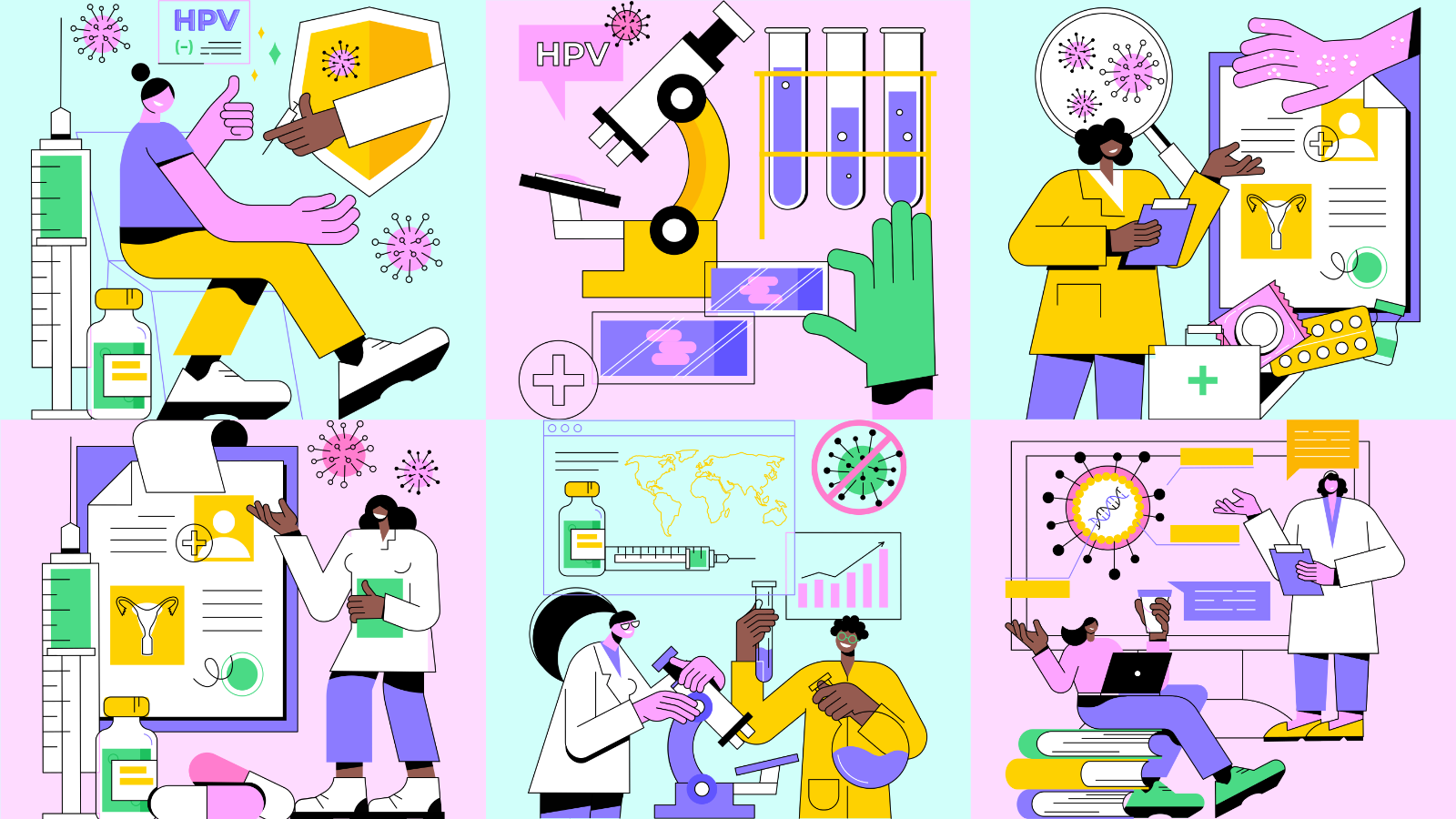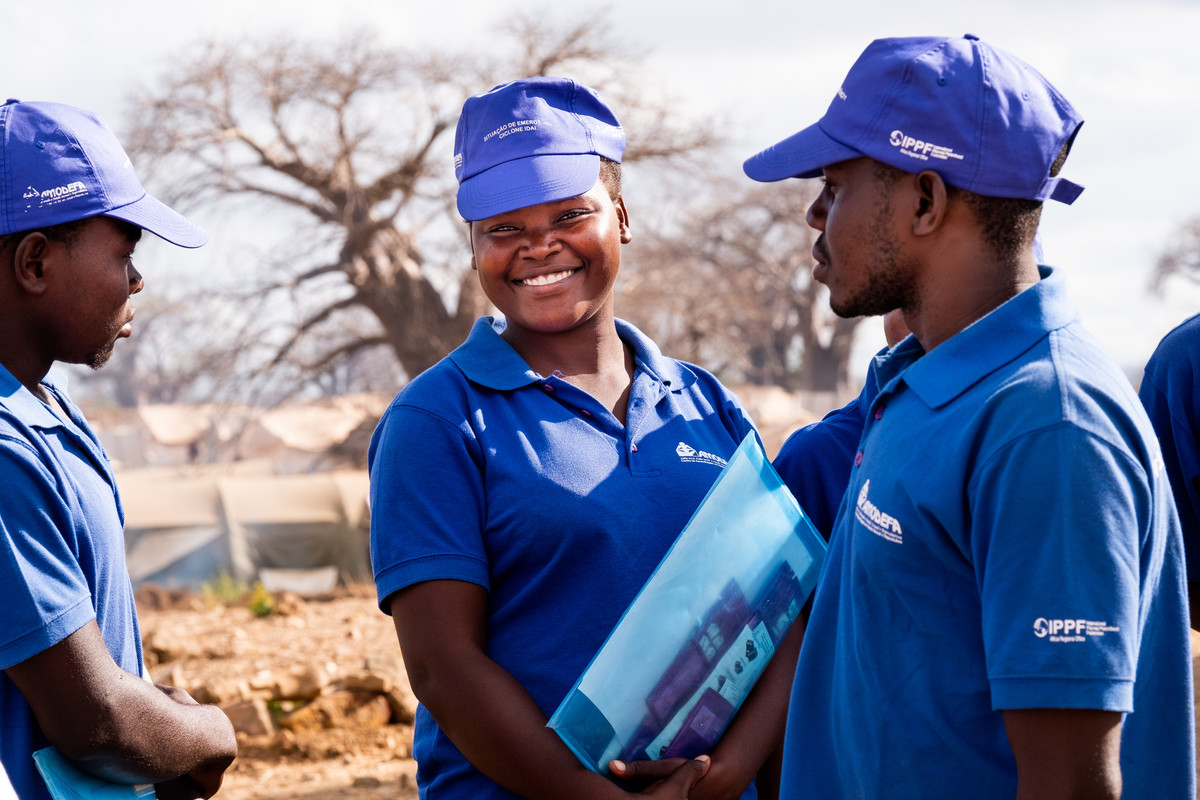Spotlight
A selection of resources from across the Federation
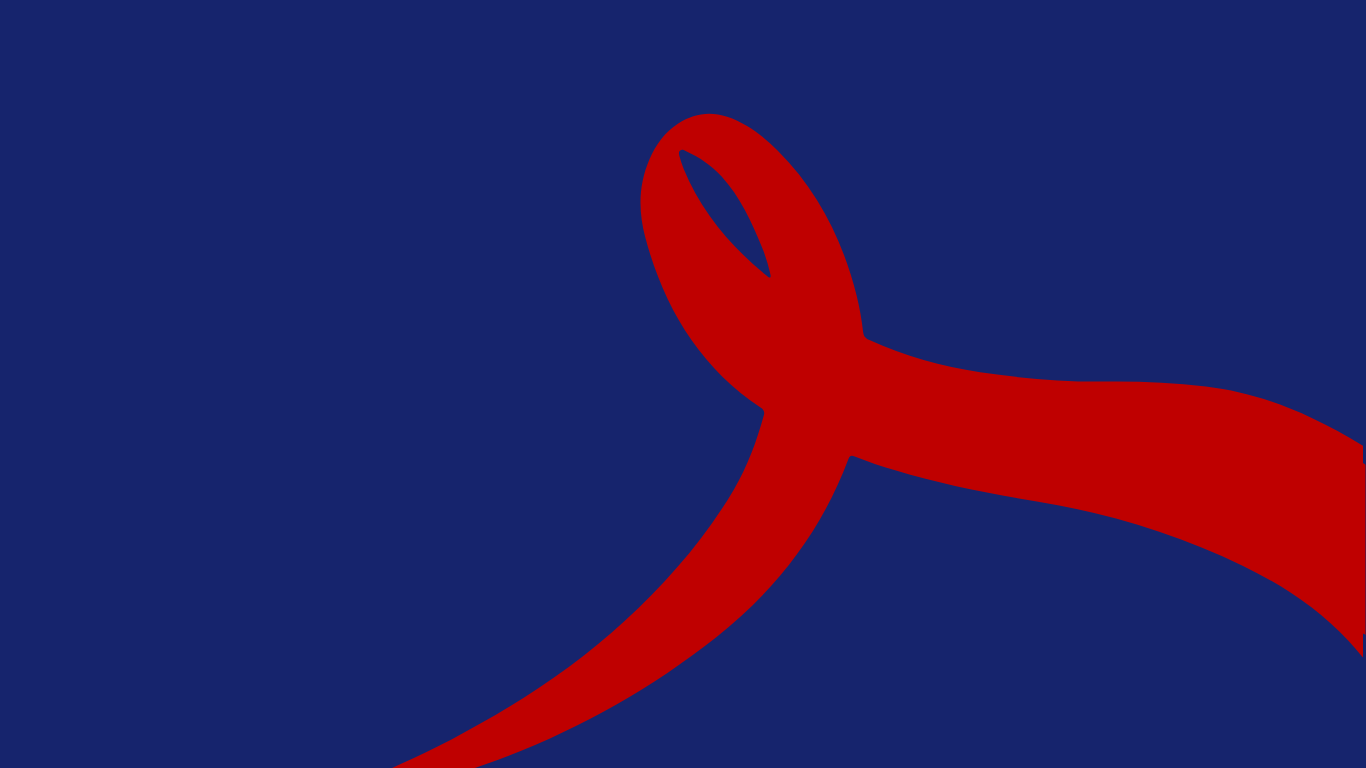
HIV Theory of Change
Our HIV Theory of Change is to clarify the goals and vision of IPPF’s HIV programme and to articulate the different pathways and strategies IPPF uses to contribute towards its HIV goals and vision.
Filter our resources by:
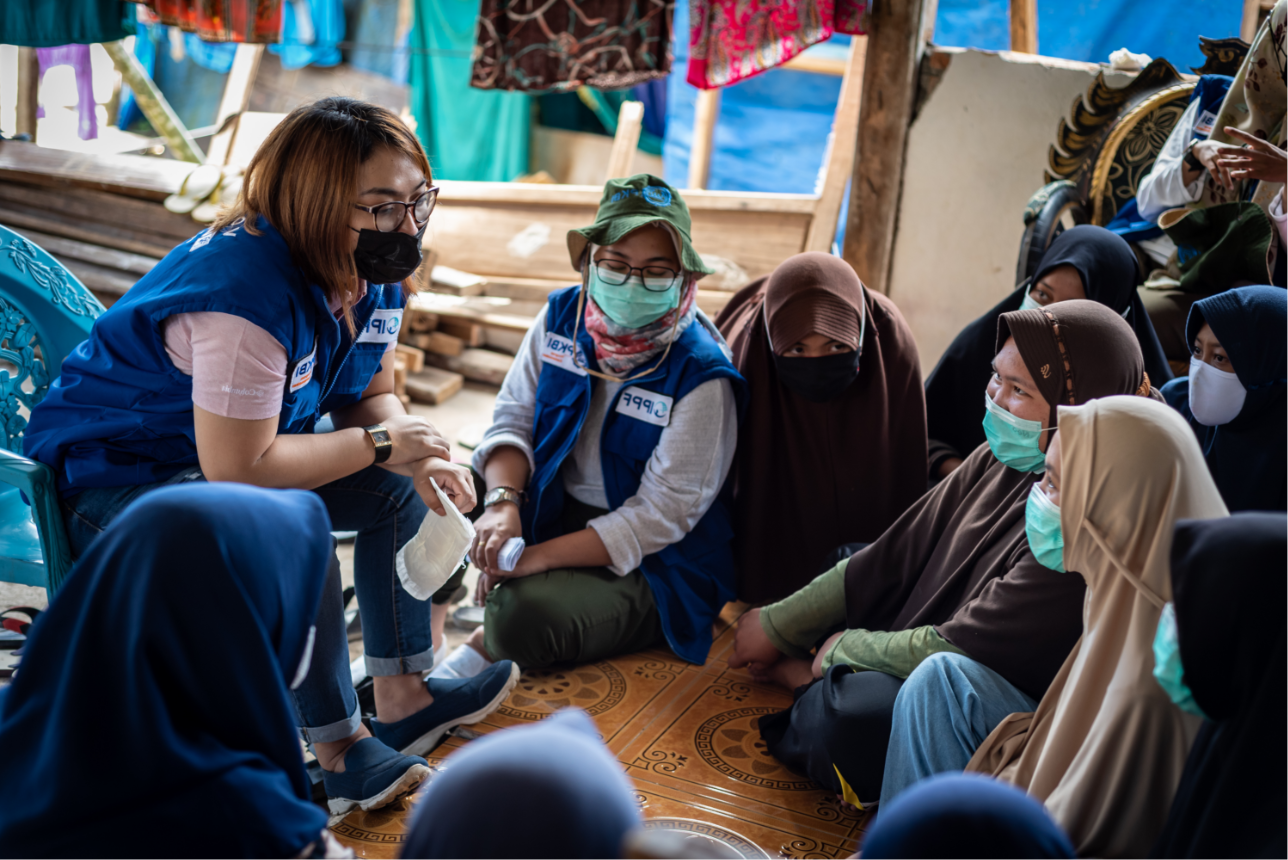

| 30 June 2014
Annual Performance Report 2013-14
2013 was our second year implementing IPPF’s three Change Goals – Unite, Deliver and Perform. We have monitored the trajectory of our growth in performance to date, and are already seeing remarkable success in all three areas, as presented in our Annual Performance Report 2013-2014. Member Associations in 66 countries contributed to 97 changes in policy or legislation that support or defend sexual and reproductive health and rights. At the regional and global levels, IPPF’s advocacy contributed to 13 changes, of which ten were advances in safeguarding sexual and reproductive health and rights in the post-2015 development framework. With the delivery of 136.6 million services in 2013, we are on track to achieve our ambitious target of doubling the number of sexual and reproductive health services provided between 2010 and 2015. Eight in ten clients who accessed services were poor and vulnerable, and for the first time ever, almost half of our services went to young people. IPPF’s achievements in 2013 contribute to a strong performance culture where decisions are based on data, organizational learning happens at all levels, technical support is provided to increase effectiveness, and investments are made to support communities most in need.

| 10 March 2014
Vision 2020 Landmark Report
This report – the first in our Vision 2020 series – focuses on why sexual and reproductive health and rights should be at the core of sustainable development from the outset. Without them, the lives of women and girls will be compromised, as will people’s ability to lift themselves out of poverty and to live sustainably within their resources. Our focus for this first report is goal 1 of Vision 2020 which calls on governments to ensure that by 2015 a new international framework includes sexual and reproductive health and rights as essential priorities.

| 08 October 2013
Love, sex and young people: how to be a youth-centred organization
Watch the accompanying video report by the young people involved! Love, sexual rights and young people: learning from our peer educators how to be a youth-centred organisation celebrates the involvement of young people in planning, implementing and evaluating activities describes a participatory assessment methodology used in a multi-country project assesses the achievements of the A+ programme advocates for innovative strategies for all, including marginalised groups recommends using a gender-equity lens in all aspects of activity delivery Young people in these case-studies highlighted how marginalisation and exclusion affect young people’s sexual and reproductive health and rights. Peer educators identified groups of people who are particularly vulnerable, such as those living in rural areas and urban slums, and those involved in drugs, sex work and hard labour. The participants suggested new approaches combining income generation, education, access to services along with confidence building, and improving communication between girls, boys and adults in communities. A comprehensive report on a multi-country project: providing youth-friendly sexual and reproductive health services and comprehensive sexuality education; and advocating for the creation of safe spaces for young people. A youth centred approach to thinking, planning, management, programming and change is a way of working which promotes organisational development; and ways of working that are holistic, integrated, and not based on an issue or a target group. Many of the member associations involved young people in all aspects of the programme. In all settings young people worked alongside the programme staff to evaluate the impact of the project and to learn the best way in which to involve young people at all levels of youth programming. Work on sexual and reproductive rights is transformational, both psychologically and emotionally, when services expand beyond clinical treatment of illness alone. Sexual and reproductive health services can provide space where young people feel included, listened to, and able to express their concerns about relationships and sexual choices. Organisational issues are addressed including sustainability, communication, accountability, efficiency, effectiveness, financial issues and equity. Includes: a case study of an A+ project in Benin: ‘Rights and realities: strengthening adolescent sexual and reproductive health and rights in Benin’ a case study of an A+ project in Kenya: ‘No shame in reality: young people open up about sex, health and relationships in Oyugis, Kenya’ a case study of an A+ project in Nepal: ‘Hesitating at the door: differences in perceptions between genders and generations on sexual and reproductive health and rights in Kaski, Nepal' a case study of an A+ project in Nicaragua: ‘The better option: young people’s participation in sexual rights and services in Nicaragua’ a list of indicators to measure organisational commitment to youth programming a list of how things would be for young people in an ideal world a chart comparing the characteristics of an organisation beginning its journey towards being youth-centred and an organisation that is youth-centred
| 10 September 2013
At a Glance 2012
Key facts and figures highlighting IPPF's achievements in 2012. IPPF provided 112.7m sexual and reproductive health services and averted 550,000 unsafe abortions.
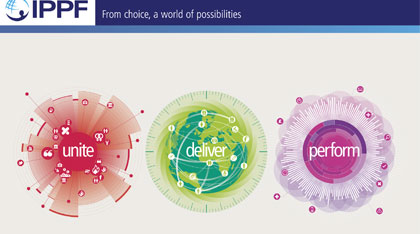
| 28 June 2013
Annual Performance Report 2012-13
2012 marked the first year implementing IPPF’s 3 Change Goals – Unite, Deliver and Perform. The Change Goals focus and prioritize our work in delivering our Strategic Framework 2005-2015, and results from 2012 show impressive performance across a range of indicators. In 2012, Member Associations contributed to 105 policy and/or legislative changes in support or defence of sexual and reproductive health and rights. IPPF’s Vision 2020 for sexual and reproductive health and rights articulates our demands in relation to the post-2015 development agenda, and we are working at all levels to influence the ICPD+20 process. Across a global network of service delivery points, including static and mobile clinics, community-based distribution and partnerships with the private sector, we provided 112.7 million sexual and reproductive health services, and 11.8 million couple years of protection. 80% of IPPF clients are either poor or vulnerable, and 40% are under 25 years old. Investment in robust systems and business processes optimize organizational effectiveness with a focus on performance-based funding and data driven decision making across all levels of the Federation. Our new Performance Dashboard enables us to monitor progress against annual targets for each of the three Change Goals to the end of 2015, when our current Strategic Framework ends.

| 16 April 2013
Vision 2020 Manifesto
In 2000 the United Nations launched the Millennium Development Goals. The world agreed to take action against poverty. Although progress has been made, we are still far from eradicating poverty. Sexual and reproductive health and rights (SRHR) are central to this vision. Sustainable development and gender equality will be achieved when everyone has access to sexual and reproductive health, the right to bodily integrity, and control over all matters related to their sexuality. Millions of lives have been saved and changed through reproductive health services. In many regions, laws and policies are in place to protect reproductive rights and prevent discrimination against women and girls. However, despite these advances there are still challenges: global funding for SRHR has decreased radically while 222 million women and girls world-wide still lack access to the contraceptives they want to use. The next few years will see the creation of a new development framework. This presents us with an unparalleled opportunity to secure a world of justice, choice and well-being for all. Ultimately, it will lead to sustainable development. IPPF is inviting partners and supporters in the development community and beyond to make these goals a reality in every community around the world. Sign up today to pledge your support. We'll keep you informed with latest news and details on how you can get involved.










